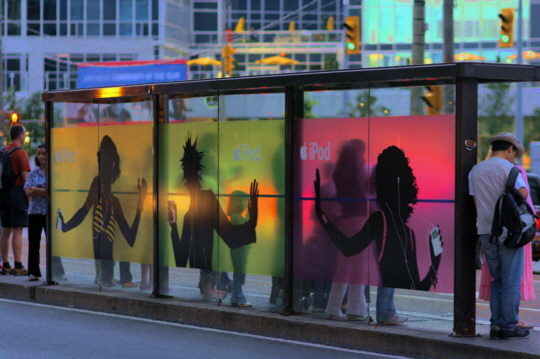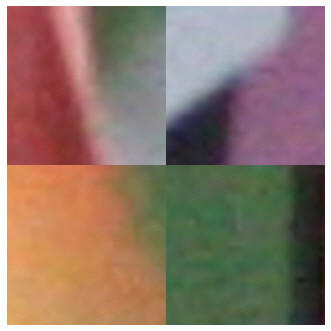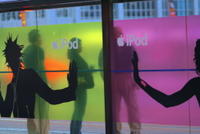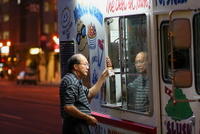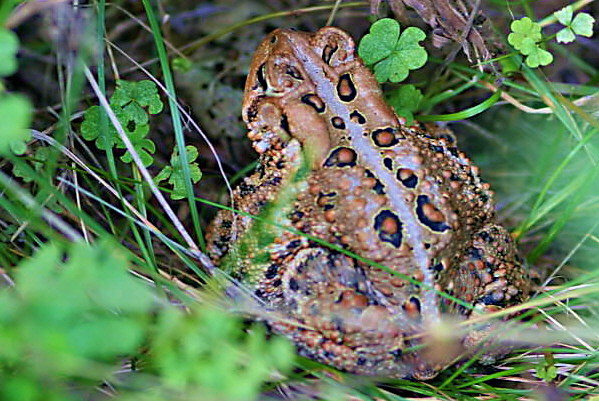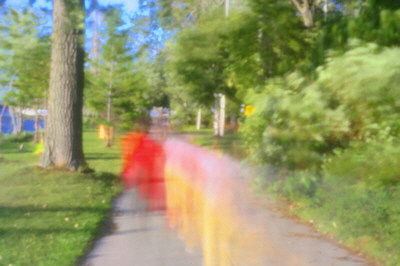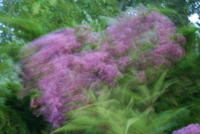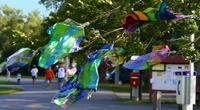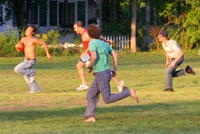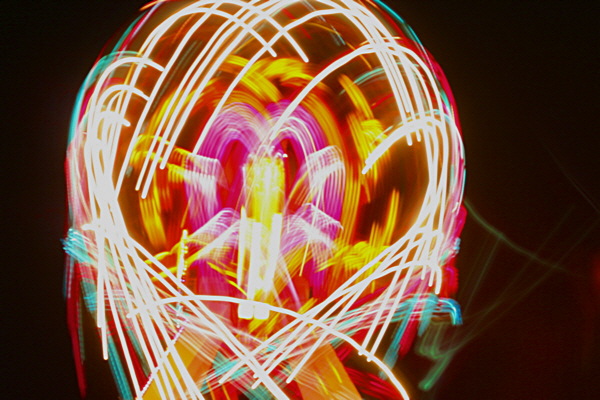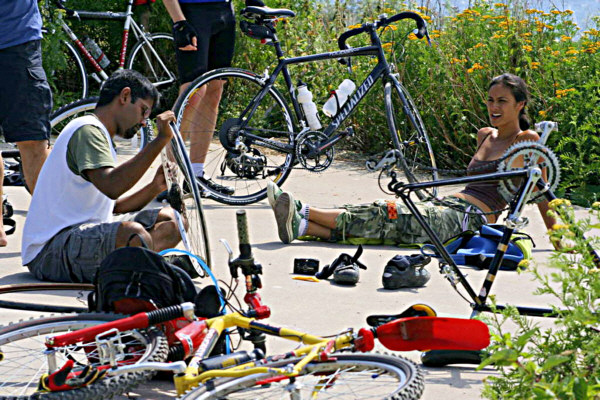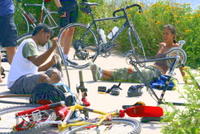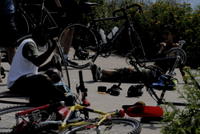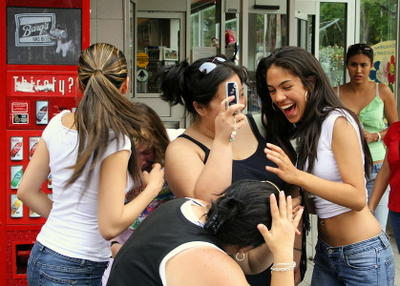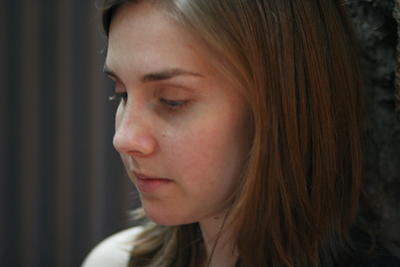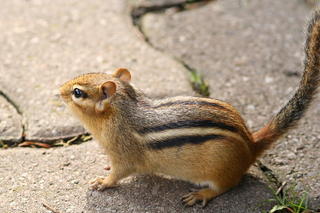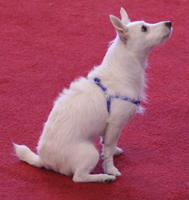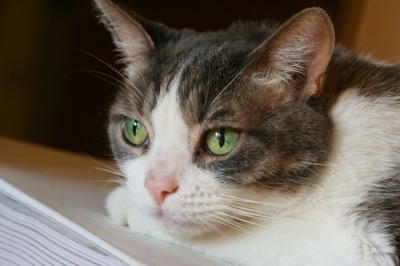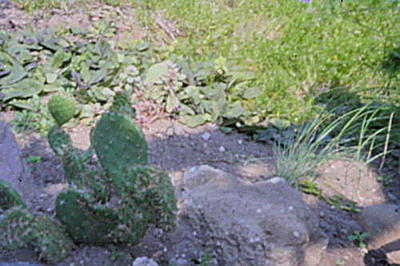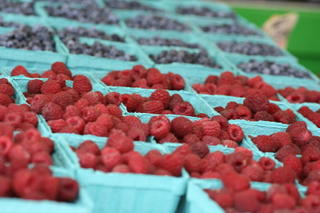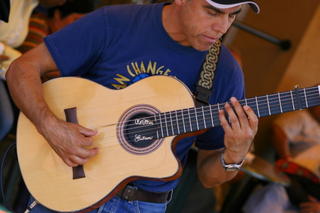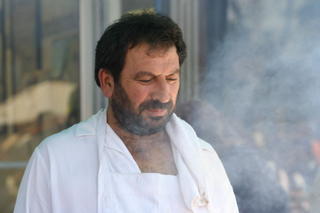The challenge this week for the
Toronto Photography Meetup meetup was to try to capture texture. The location was Edwards Gardens, a semi-formal garden, wedding picture paradise. Texture, love nature and textures in nature equals fractals up close or far away should be easy.
The rest of the pictures are here.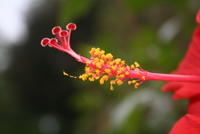
I don't own a macro lens, The closest lens I have is the Canon kit lens 18-55mm from 0.9 feet to infinity. Adequate but a bit slow in focusing and needs a fair amount of light. My first problem was getting in close enough, the focus motor kept hunting. I had to change to manual focus and set the lens at minimum focus distance. To focus I moved in or out till the image in the Canon's tiny view screen seemed to be with my poor eyesight in focus. The next problem was the slight wind, with a depth of field of about 1/4" any swaying will put the object out of focus.
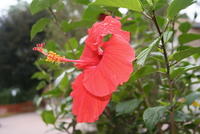
This shot was easy, but had to watch for saturation in the red. I like the way the last of the raindrops from the days rain beads up on the pedals.
Any way add a close up lens or a lens extension or a macro lens to my ever growing shopping list.
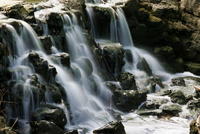
I brought my first Tripod for my pinhole camera experiments. I don't count my dirt cheap terrible to use mini-table top tripod as a real tripod. I brought a Velbon Sherpa 250.
Pluses are:
- it is mostly metal
- sturdy 3 - section legs
- camera quick release
- really like the smoothness of the head
- The head can be mounted on the bottom of the tripod allowing some low angle to the ground shots
- locking lever locks both rotational axis at the same time
- aprox. $100 cdn
Neutral:
- weight 2kg
- closed length 60 cm
- it dosn't have a handle or a carrying bag (The carrying bag from one of my cheap walmart folding chairs works perfectly)
As this my first tripod I am not the person to go for camera equipment reccomendations. But one of the photographers tryed it out, liked it and wrote down the part number.
Anyway back to the shoot. I used the tripod to take my first long exposure shot of moving water. As my lens only stops down to f22 it wasn't that long of a time. I find out that I need another filter, a neutral density filter ND for short. While I am at it I should add a polarizing filter or two to the shopping list.
At the prerequisite preshoot 2 hour lunch. I thought it would be interesting to make a salt and pepper, zen garden texture shot, to get a headstart on the challenge. After labouriously designing and building the garden using a fork and a swizzle stick as a rake the picture were less the then interesting. That is until a radio remote fired flash was but onto the table. So add a remote firing flash to the list.
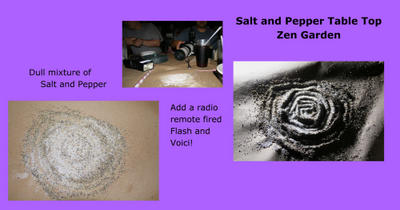
Shopping wish list as a result of this outing:
- close up lens or a lens extension or a macro lens
- neutral density and polarising filters (for how many lenses as each Canon lense seems to need a different size
- radio remote fired flash

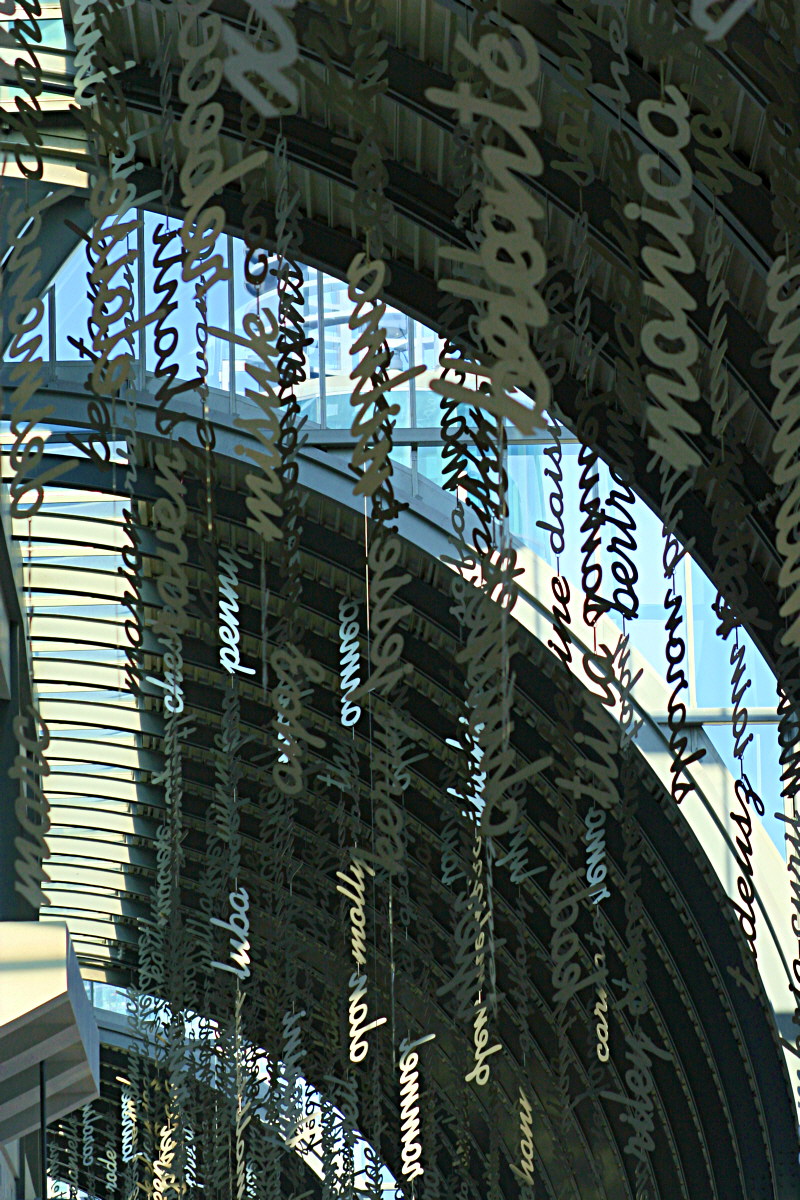

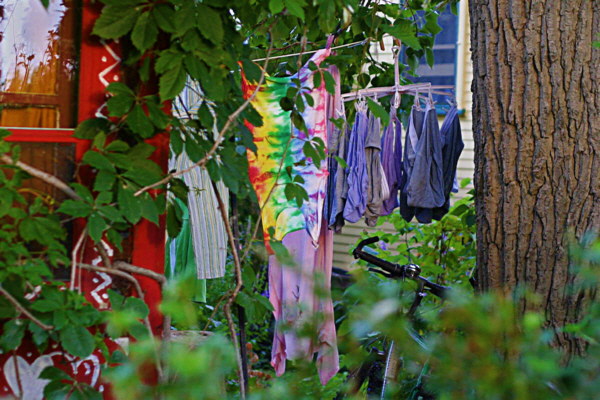
 What does this have to do with how we see colors, actually very little. Unlike our ears where we can hear minute differences in frequency (1/wavelength), intensity (volume), in pronunciation and in enunciation (sound envelope) our eyes were not designed for such subtle distinction.
What does this have to do with how we see colors, actually very little. Unlike our ears where we can hear minute differences in frequency (1/wavelength), intensity (volume), in pronunciation and in enunciation (sound envelope) our eyes were not designed for such subtle distinction.